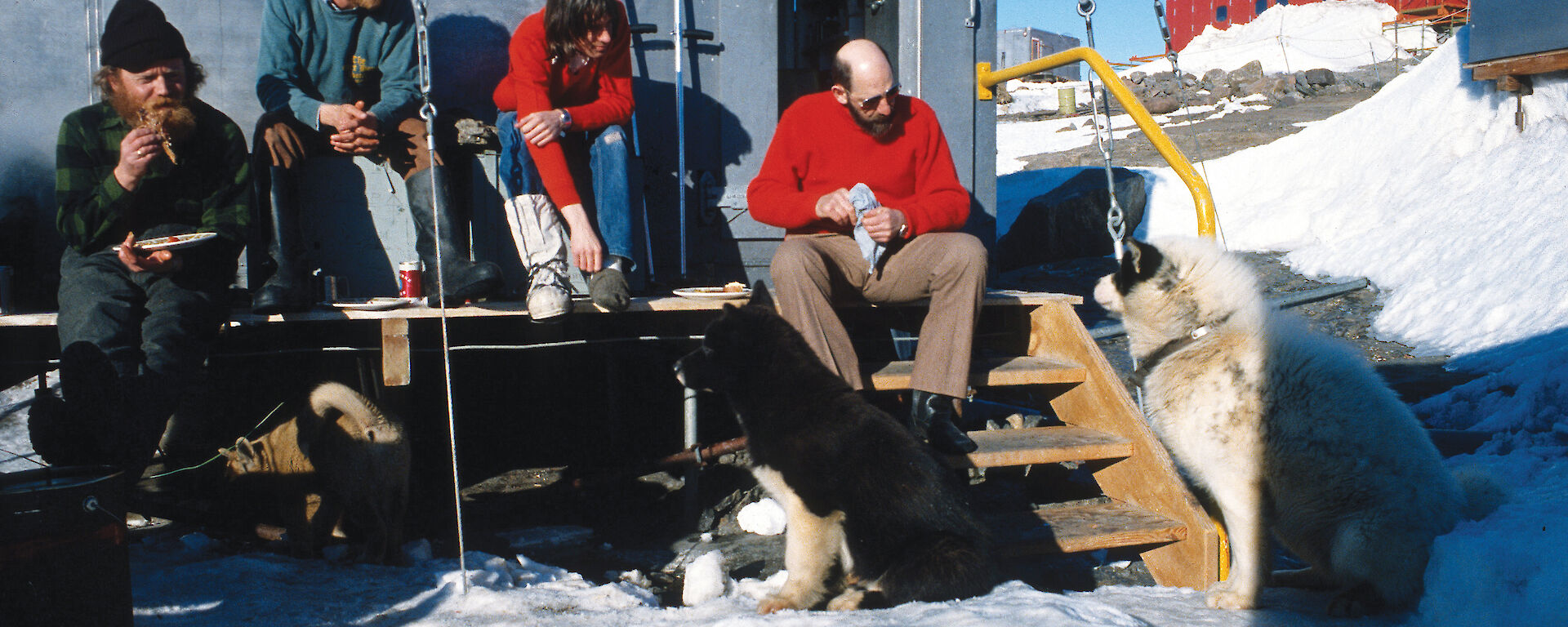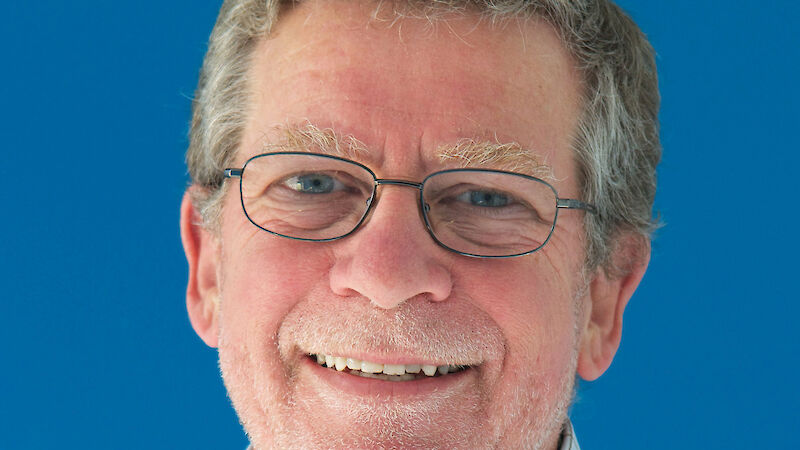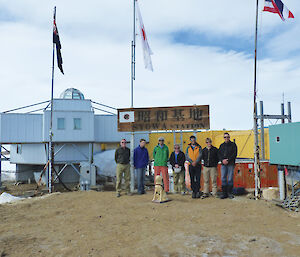When I was invited to write an article about Tom, I was in equal parts enthusiastic and daunted. Anyone who had the great fortune to meet Tom will agree that his was a life worth celebrating, but that he was not someone whose character and achievements can be easily or succinctly described on paper. It only took a few a moments of being in Tom’s company to get some of the ‘big picture’ parts — generous, humble, enthusiastic, larrikin, professional, greenie, devoted dad — but, like most humans, he was a complex and layered soul. So I was pleased, and somewhat relieved when the editor agreed it would be fitting to focus on Tom’s role and contributions in the protection and management of Antarctica’s environment; an area in which Tom had work responsibilities, a keen personal interest, and a great passion.
I met Tom shortly after my arrival in Tasmania in 1999, to study at the then Institute of Antarctic and Southern Ocean Studies. I couldn’t help but be drawn in the direction of the engaging and somewhat furry bloke from the Australian Antarctic Division, who had presented some lectures on Antarctica’s environmental protection. When a tentative email query about a possible thesis project was met with an almost immediate, enthusiastic and — typical of Tom — humorous response, I knew I was onto a good thing. When I later had the opportunity to work for Tom at the Antarctic Division, I couldn’t have been more delighted.
When we first met, Tom had been the Antarctic Division’s Environmental Manager for several years, and he continued in the role for more than a decade. Tom’s prior experience of wintering in Antarctica on several occasions, including as a station leader, meant that he was well placed to reality-check proposed environmental policies and practices — will that actually work down south? Working for Tom I quickly came to realise that environmental management is mostly about managing people, and that played to some of Tom’s strengths. He was a great communicator, a keen listener, and he loved working in teams to nut through curly issues. (“PDW”, he would often say — for ‘pas de wuckers’, a fantastically Tom-esque intermingling of Australian slang and French, for ‘no worries’).
Tom’s first role as Environmental Manager was to set up and lead the new Environmental Management Section at the Antarctic Division, which aimed to support the Division and Australia to meet the obligations arising from an international agreement called the Protocol on Environmental Protection to the Antarctic Treaty. Australia had been instrumental in developing the Environmental Protocol, so the Environmental Management Section had an important and high-profile role; one that Tom recognised and tackled with characteristic understated professionalism.
As the Minister’s delegate for many matters under several Australian laws, Tom had ultimate responsibility for authorising the activities of Australians in Antarctica, and for ensuring their proposals — dozens each year — would reflect Australia’s international commitment to comprehensively protect Antarctica as a natural reserve. Again, Tom’s Antarctic experience and people skills were crucial. He worked with people to help them understand how to avoid or minimise impacts, rather than looking to throw the book at them if it all went pear-shaped.
Tom was always contemplating how things could be done differently, to achieve a better environmental outcome. As an example, he championed the replacement of individually bottled soft drink on stations with bulk post-mix. Probably not the most popular of suggestions initially, but one that Tom massaged through, meaning that tens of thousands of bottles do not make the round-trip to Australia’s stations each year.
A broader example is Tom’s championing of an Environmental Management System (EMS), to support the Antarctic Division to continually improve its environmental performance. When the EMS was established in 2002, Australia became the first country with a national Antarctic program certified to the relevant international standard. This was an example of the way Tom’s positive influence extended beyond the Australian sphere, and contributed to the nation’s standing in the international community.
Tom also made significant contributions through his work with other countries active in Antarctica, as Australia’s representative over many years to the Antarctic Committee for Environmental Protection (CEP). In that role, Tom was the face and voice of Australia. He was highly respected for his experience and knowledge of the southern continent, and his willingness and ability to bring people, and countries, together. Tom organised successful professional exchanges, giving environmental managers from other countries valuable first-hand experience of Australia’s Antarctic activities. He also represented Australia in several formal inspections of other Antarctic stations.
One of my favourite CEP-related memories of Tom is from the meeting in Cape Town in 2004. One evening we came across a male choral group, in the style of Ladysmith Black Mambazo, giving an energetic performance at the waterfront. Afterwards Tom, as he was wont to do, went up for chat and bought the CD. On perusing the cover over dinner, he noticed a contact number. “Let’s get these blokes” he suggested, and following a slightly clunky phone conversation, he had lined up the basis for a most memorable CEP reception. Tom keenly understood that fostering close personal connections between the national representatives — who threw off their suit jackets, enjoyed each other’s company, and probably took the chance to work through some of those curly issues — can only promote the international cooperation essential for achieving outcomes in Antarctica.
I reached out to some CEP colleagues in other countries when Tom passed away. They were devastated, recognising that we had all lost a very good man, who had made significant contributions to Antarctica. One recalled having praised Tom’s tie, upon which he was immediately gifted the tie direct from Tom’s neck. One expressed hope that we can all carry on Tom’s passion for the environment and social justice, and his wonderful kindness. Another poignantly recalled Tom as a good friend to many people around the world.
I will remember Tom for so many reasons — the ‘deep and meaningful’ chats over breakfast, his all-stops-pulled-out and loving approach to raising his kids, the fact that he isn’t in the group photograph from my wedding because he had gone ahead to set up drinks for the reception. But he should also be remembered by us all for the lasting legacy he leaves in the positive environmental culture of the Antarctic Division, and for Australia’s high standing among the nations working together the keep Antarctica protected. As Tom would have said, “well done that man”…very well done indeed.
Ewan McIvor
Senior Environmental Policy Adviser, Australian Antarctic Division, and Chair, Committee for Environmental Protection




